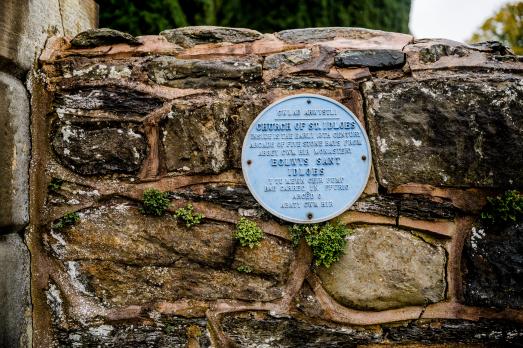
St Idloes
Llanidloes, Powys | SY18 6AN
The only church dedicated to St Idloes, a 7th century saint about whom very little is known
Search for a fascinating place to visit, or see the variety of churches, chapels and meeting houses we have supported.

Llanidloes, Powys | SY18 6AN
The only church dedicated to St Idloes, a 7th century saint about whom very little is known
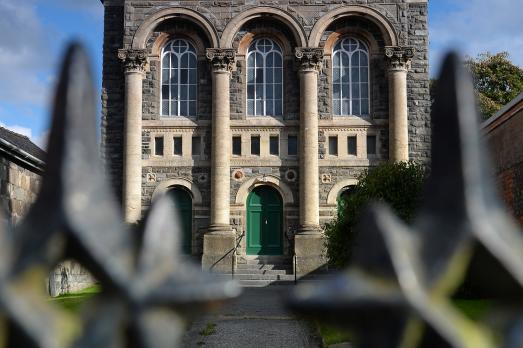
Llanidloes, Powys | SY18 6AD
Built in 1878, to the design of architect John Humphries of Morriston, and described as the ‘Cathedral of Welsh Non-Conformity’.
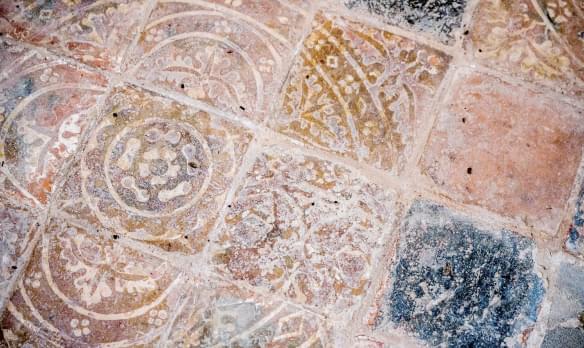
Northfield, West Midlands | B31 2NQ
The church has a modern multi purpose sanctuary, incorporating a baptistry for believers baptisms by immersion.
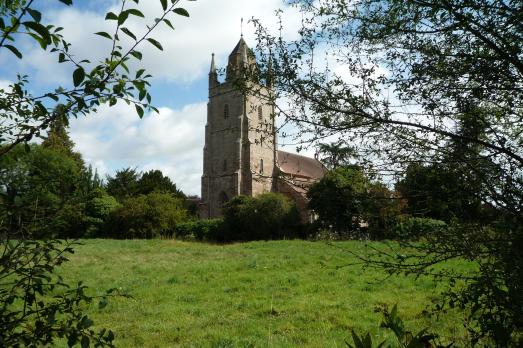
Bodenham, Herefordshire | HR1 3JU
A gracious church in a lovely orchard setting by the River Lugg.
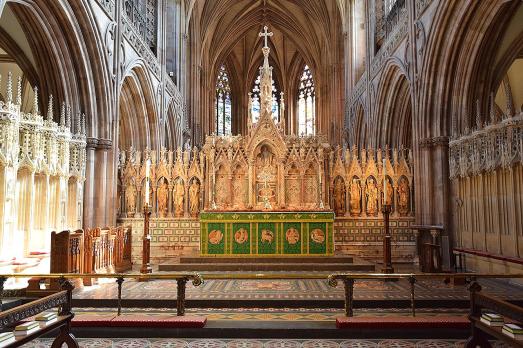
Lichfield, Staffordshire | WS13 7LD
Welcome to Lichfield Cathedral, where you can discover over 1300 years of history in the only medieval three spired Cathedral in the UK! See a medieval wall painting, the famous Herkenrode stained glass, the Lichfield Angel and much more.
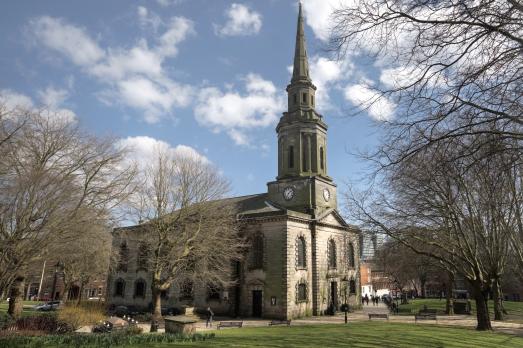
Birmingham, West Midlands | B3 1QZ
St Paul's is a the iconic church of the Jewellery Quarter in Birmingham, set in a beautiful square that includes a number of restaurants and cafes on the edge of the city centre.
We have supported this church
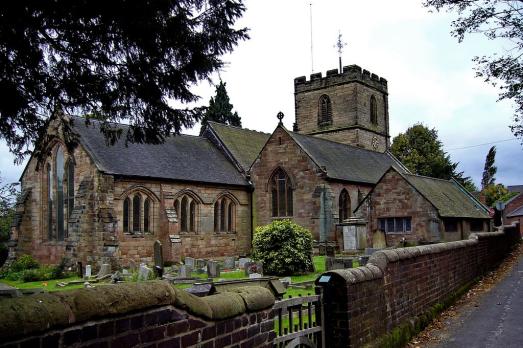
Northfield, West Midlands | B31 2LX
One of only four medieval parish churches within the city of Birmingham, standing in the old village centre which is now a conservation area.
We have supported this church

Lichfield, Staffordshire | WS13 6HL
The roots of Wade Street Church go back over 400 years with the current building opened in 1812. It is still standing today and the outside is more or less unchanged.
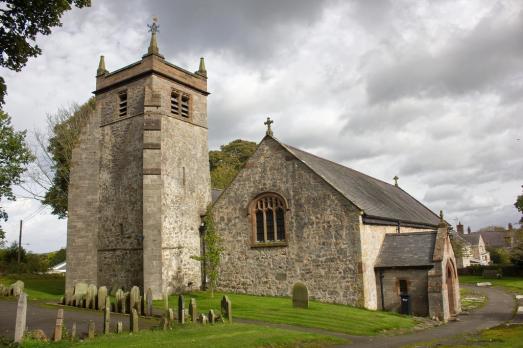
Cilcain, Flintshire | CH7 5NN
Medieval church with spectacular angel hammerbeam roof, significant pieces of stained glass, historic stones, and gorgeous views.

Bala, Gwynedd | LL23 7RU
Victorian church set within a churchyard close to the town centre.
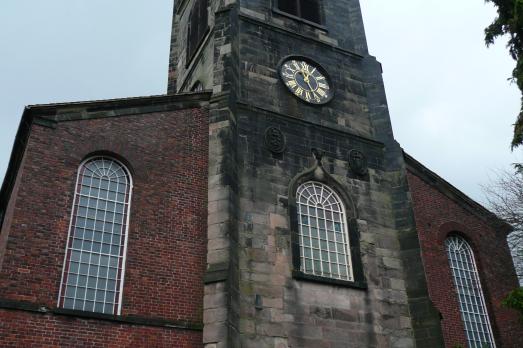
Congleton, Cheshire | CW12 4AB
St Peter’s is an outstanding Georgian town church in the centre of Congleton.
We have supported this church
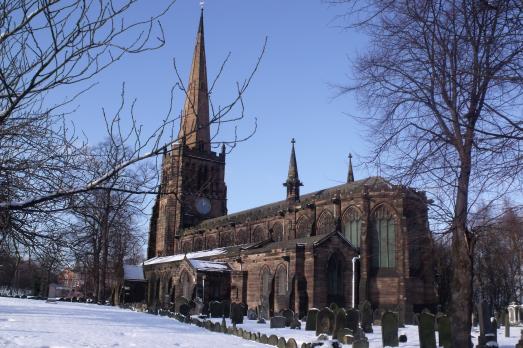
Aston, West Midlands | B6 6QA
St Peter & St Paul is an old building; in fact there has been a church on this site since the Domesday book was written in 1086.
We have supported this church